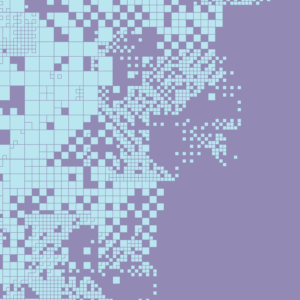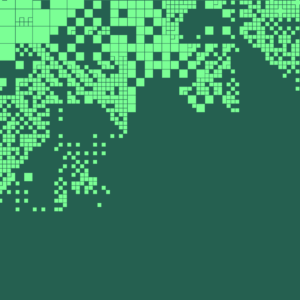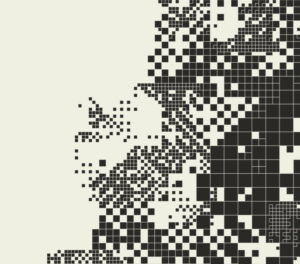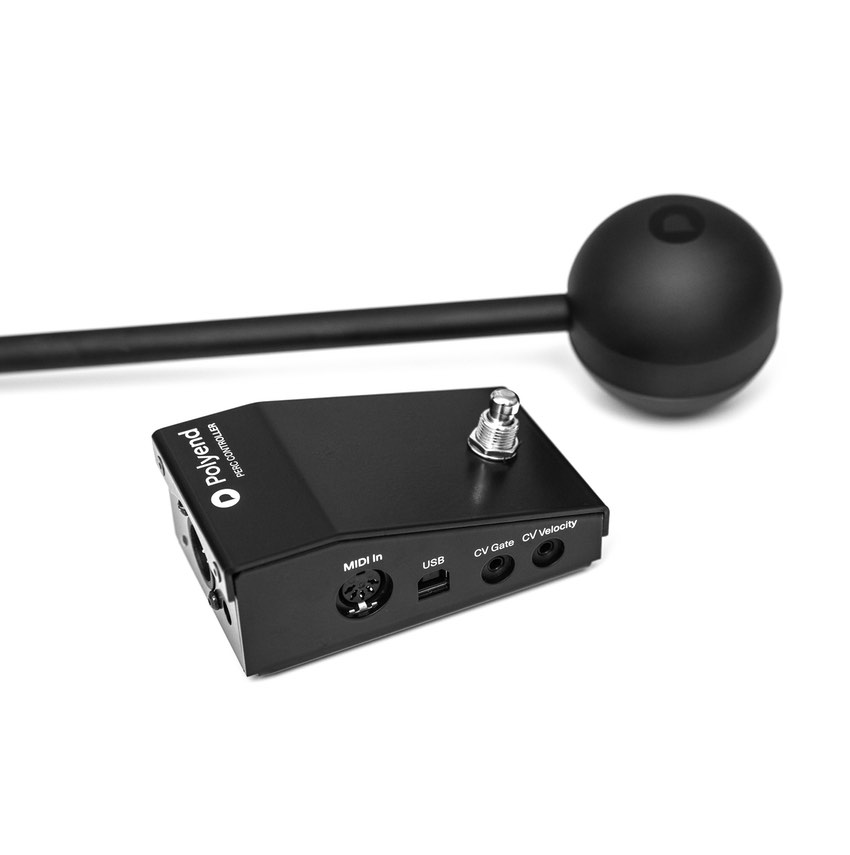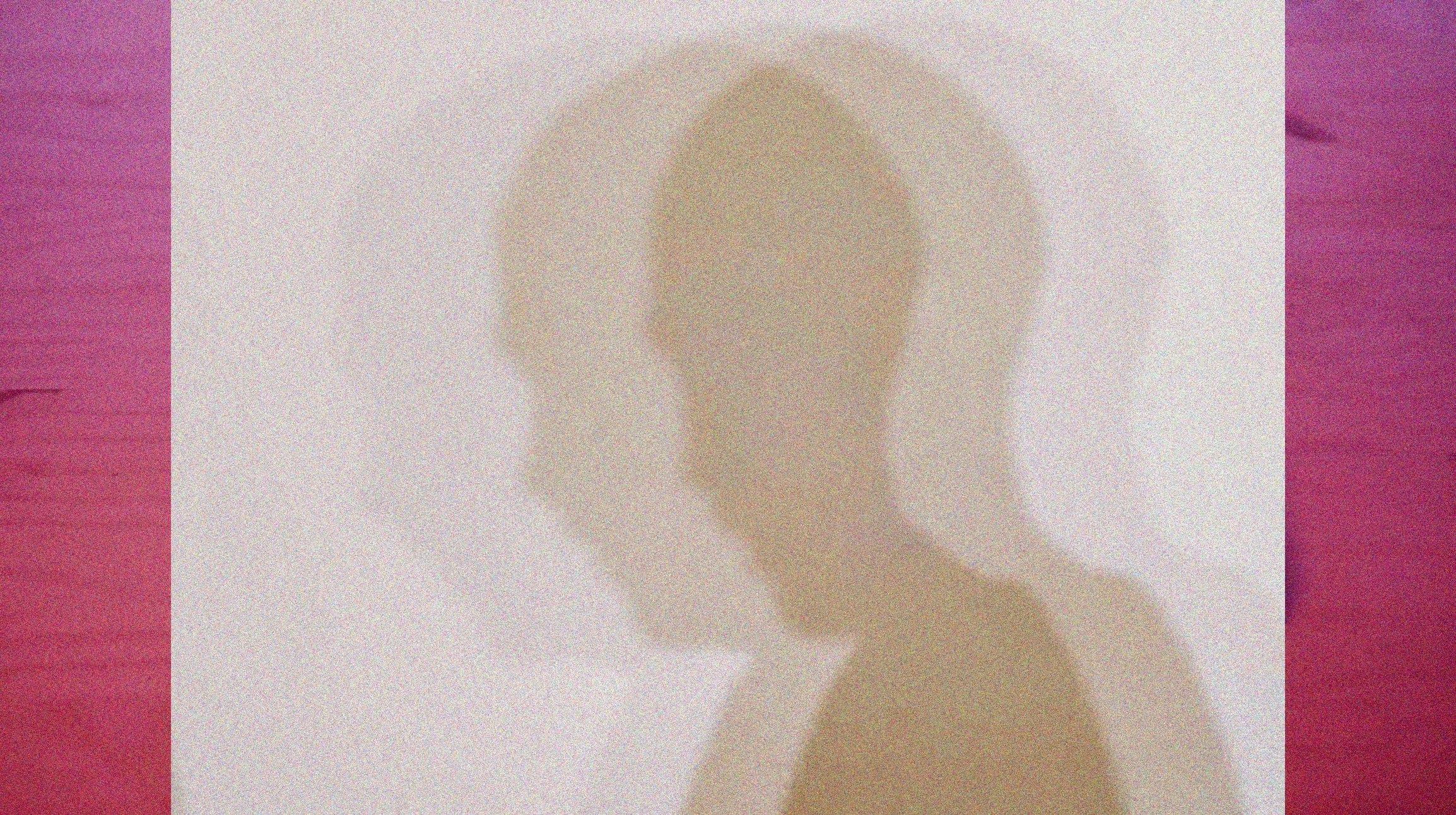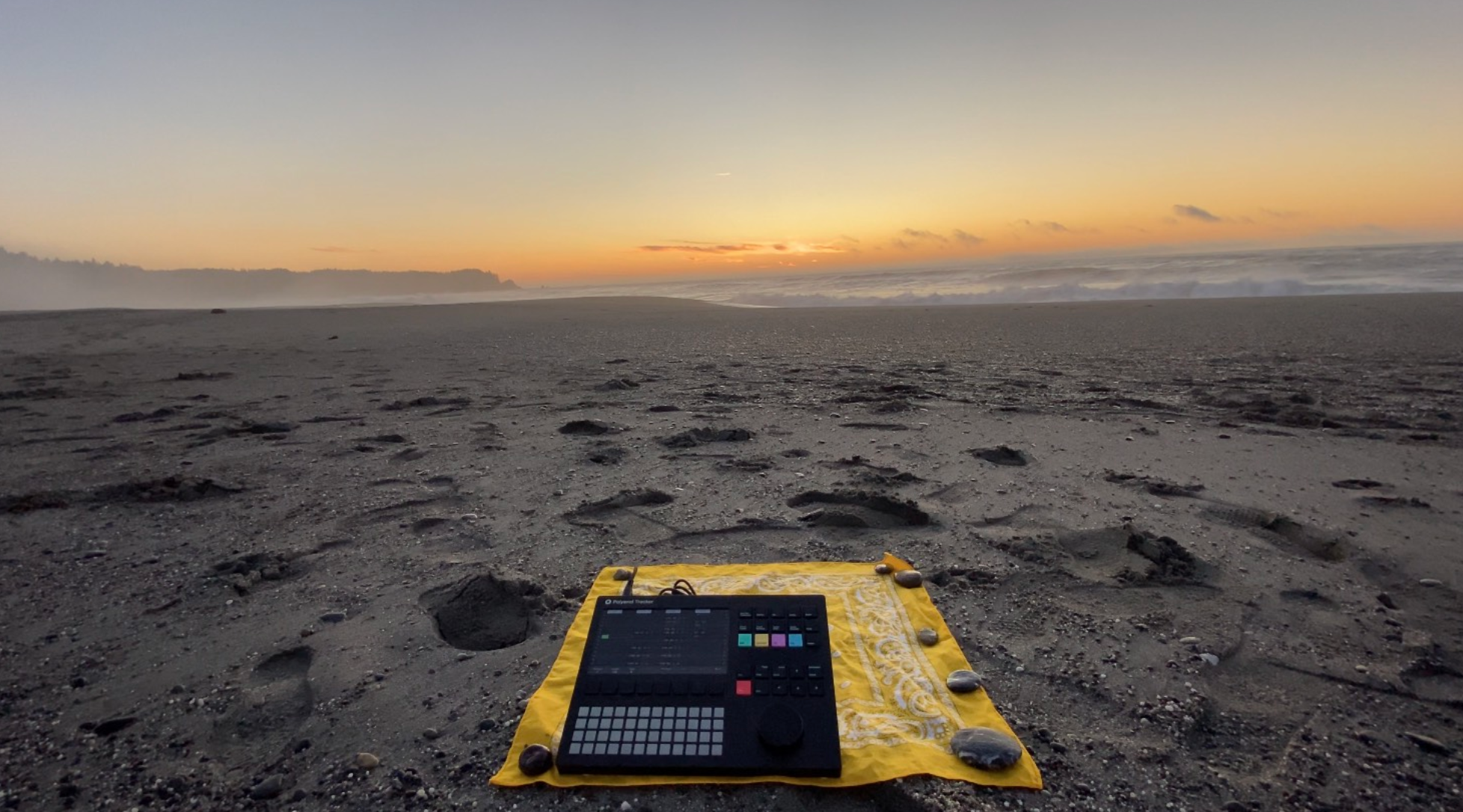
Qebo’s Take on Synthetics, Glitches, and Melodics
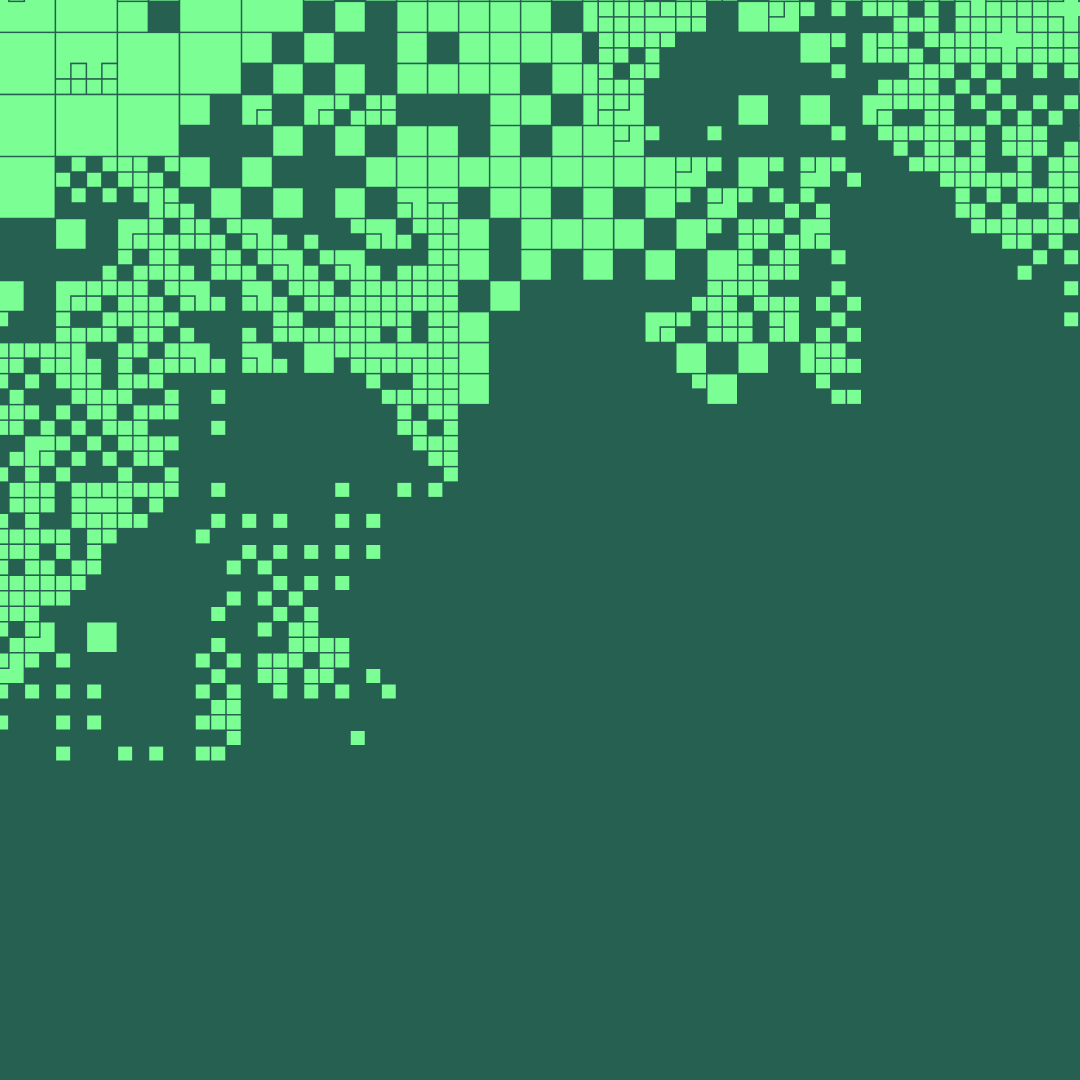
Alex Retsis, AKA Qebo, is an artist that resonates with Polyend's ethos - innovative, pioneering, and embracing uniqueness. As Qebo releases another Palettes sample pack, this time centered on melodics, we interview him to find out more about the packs and his creative process.
You’ve cultivated a very unique sound as Qebo, and the samples in Synthetic and Glitch Melodics are from your personal stash, and have never been shared before. Can you give us some background on these samples?
Thanks for the compliment! Basically, I create my sound by messing around with a mix of analog/old-school drum machines and newer digital ones. I’ve been experimenting with these sounds for a while, especially on my trusty Polyend Play and other gear I’ve got. I just try to make cool, futuristic sounds that fit the vibe I’m going for – kind of like bringing a bit of the future into my music.
How heavily do you rely on these samples in your productions? What tracks use them?
I pretty much use them all the time, whether I’m using them straight up or tweaking them a bit. You can catch these drum sounds in many of my recent tracks.
You are a heavy tracker user, even making your album, Cellular Spaces, entirely on the Tracker. Any tips for using these samples in the Tracker?
I’m a big fan of working with trackers because their workflow just clicks with how I make music. These samples can be a swiss army knife for Tracker users—they’re small, versatile, and can be used in so many ways, not just for beats but also for melodic parts. They mesh together beautifully, too, I think. I reckon folks are gonna have a blast playing around with them :)
How do you find the balance of filthy glitchy noise and melody?
Well, it really depends on the vibe I’m going for at the time. Usually, I start by messing around with the percussion because it sets the tone for everything else. Then, I let the mood of the track guide me as I add in melodies to match. Those glitchy noises and experimental bits are like the spice that flavors the whole mix, giving it character and setting the stage for the melody to find its path. Sometimes I’ll switch things up and kick off with a melody if it feels right in the moment. It’s all part of the creative flow.
Qebo’s sample packs, Synthetic and Glitch Melodics.
You work with a lot of visual artists, doing art installations and more. Your work seems to perfectly mesh with the visuals in a way that gives the viewer a sense they can see the sound. Do you have synesthesia or a unique process for creating audio + visual works?
Again, thank you for the kind words! I’ve always been fascinated by how visuals and sound intertwine, and I’ve had the pleasure of collaborating with many talented visual artists over the years to explore this connection. My interest lies in the narrative, both intentional and subconscious, that emerges from the interplay of visuals and audio. While I don’t have synesthesia to my knowledge, my approach to audio-visual work is driven by a blend of research, instinct, and curiosity.
When do you know a song is done?
It’s pretty straightforward for me—when I hit that point where I can’t think of anything else to add or change, that’s when I know the song is done!
